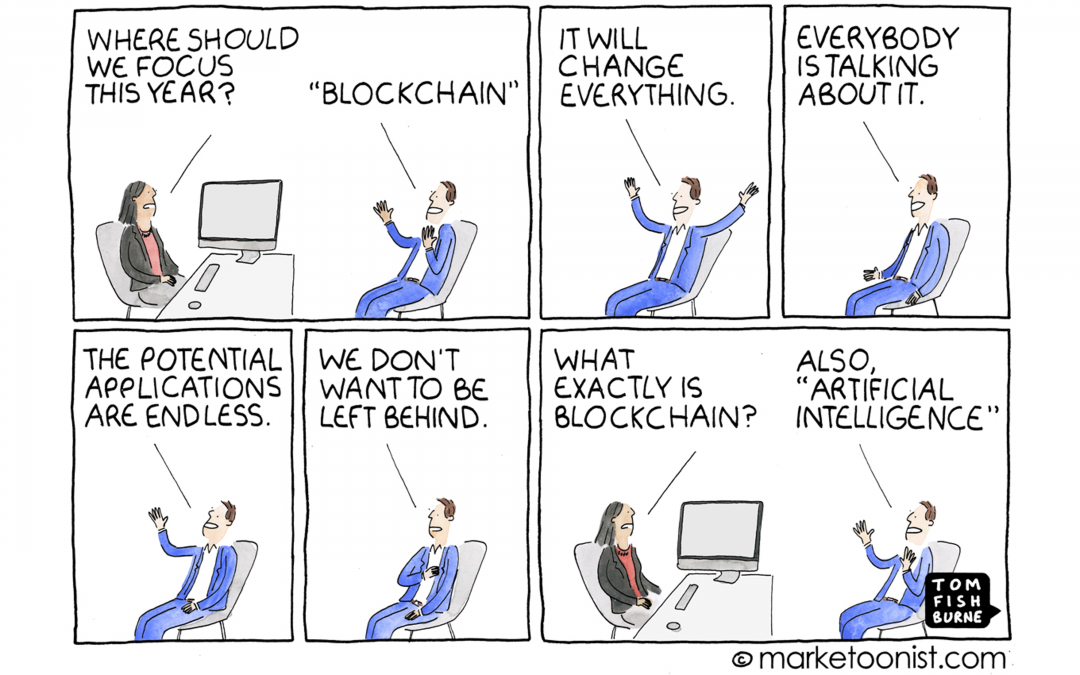
- Insight
- Tuesday 12th April 2022
Digital Regulatory Reporting: The Roadmap to Implementation
Regulatory reporting requirements continue to evolve – but advances in technology and industry-wide efforts to standardise have put firms in a better position now than ever before to manage the burden.
In theory, collaboration between industry members could dramatically improve reporting efficiency and slash costs. In practice, it has proved a challenge despite several attempts over the last decade. However, where those previous efforts have fallen short, ISDA’s Digital Regulatory Reporting (DRR) has now emerged as a practical means to mutualise the cost of compliance.
With the components in place, the focus now shifts to implementation. As the clock is ticking on the CFTC Rewrite, expected later this year, and EMIR Refit next year, firms must now execute their plans.
The key for firms to leverage DRR – and more broadly the Common Domain Model (CDM) that underpins it – is first to take a more strategic approach to data management. This could mean making some fundamental changes across the organisation regarding data governance, technology budgets and involvement in industry initiatives.
Many firms are aware that they are not always capturing data properly for regulatory reporting. A large part of this comes from the sheer complexity of the obligations. But some of it also comes from their own data infrastructure – and it is here they can affect the greatest change.
Longer-term benefits from money spent on regulatory reporting should enhance data management across the organisation.
In the decade leading up to the 2008 financial crisis, firms’ investment in source systems, say for trade or collateral data, was largely driven by the needs of individual business units – but often at the expense of having proper organisation-wide governance underpinning the data. Investment in siloed systems was understandable in a growth-driven market where business units prioritised pursuing revenue at all costs.
More than a decade after the start of the global financial reform, the industry looks very different. The challenge of complying with complex data requirements has exposed gaps and inconsistencies in firms’ processes along the adage of “garbage in, garbage out”. Revenues have shrunk and cost pressures have risen, driving the demand for greater efficiency.
The problem is that this efficiency is proving elusive given the fragmented data foundations of so many organisations. Some firms have invested in ‘data lakes’ and other shiny-sounding ‘big data’ technologies but the benefits did not always materialise.
Firms are now turning their sights to a deeper information management strategy that puts data governance first. The CDM embodies this approach, by focusing on normalising and governing data at source, before using it in specific applications such as DRR.
For better or worse, regulatory updates focus the industry. A wave of new regulation twinned with an increase in penalties for non-compliance has triggered fundamental changes in the industry’s operating model.
It is not the technology itself that is so important but all the new operating models that it enables.
This year’s CFTC Rewrite and next year’s EMIR Refit are only the first US and EU instalments of the G20 trade reporting regimes. Future updates are expected from ASIC (Australia), MAS (Singapore) and HKMA (Hong Kong), among others.
For regulatory operations teams, the outlook is ultimately positive. All those changes incorporate a much-needed harmonisation of global data requirements, largely driven by the BIS’s CPMI-IOSCO recommendations. The business case for technology investment is much easier when it can scale across a firm’s entire G20 footprint. And while there are still delayed deadlines to contend with, regulators have laid out clear roadmaps which makes it easier to budget accordingly and justify long-term spend.
Firms must capitalise on these trends and develop a long-term investment plan that looks at reporting in this holistic context rather than one based around a succession of specific directives. DRR fully supports this long-term approach, by developing and leveraging the commonalities such as the Unique Product Identifier, Unique Trade Identifier and other Critical Data Elements that will be rolled out globally. Longer-term benefits from money spent on regulatory reporting should compound to enhance data management across the organisation.
Firms need full transparency and traceability of their reporting as they move away from the “fire and forget” strategies of the past. The data preparation process, especially for high-volume and high-frequency regulatory requirements like trade reporting, is broadly automated. But operations and compliance teams are still tasked with monitoring those processes, managing exceptions and explaining their actions to regulators.
The technology that those teams operate to collect, compute and aggregate their data submissions is the product of several translation steps – from the legal interpretation of the regulations to a set of business requirements to technical specifications – eventually involving coding into software. Not to mention the many internal data translations that firms need to maintain between their front-to-back systems. Historically, many firms have carried out these steps manually, which makes it hard to retrace any steps should a regulator enquire about the interpretation of data in a report, or a data mismatch occur between reporting parties.
The CDM is normalising this process and becoming the backbone of firms' regulatory reporting implementations.
Answering those questions requires business staff to have more visibility into the origin of the data and through every stage of its processing. Only then can they move away from labour-intensive forensic investigations and towards an exceptions management and data reconciliation approach that is fully automated.
This is where the approach taken in DRR has been instrumental. With greater transparency, tying data to a specific piece of logic and in turn tying this logic to regulatory provisions, or their specific interpretation, it is possible to prove how each report was completed from start to finish.
Open-source technology is rapidly becoming a fixture of the new operating model of financial services firms and regulatory reporting is proving a perfect use-case with the CDM and DRR. For years, firms have been complying with the same set of obligations and trying to report the same set of data but in slightly different ways because of the fragmented nature of their systems and siloed approaches.
The CDM is normalising this process and becoming the backbone of firms’ regulatory reporting implementations, by creating a common standard for the capture of information. DRR adds a layer of collaboration to regulatory reporting, delivering machine-executable rules in an open-source environment that allows firms to mutualise their implementation costs. It also delivers strength in numbers through a peer review process that produces the industry’s best interpretation of each specific rule.
As with any major infrastructure investment, it is not the technology itself that is so important but all the new operating models and applications that it enables. Whereas at first, sceptics may have viewed the CDM as a solution looking for a problem, the continually evolving regulatory reporting landscape has given the industry the ‘problem’ it was looking for – and only the first of many.
Looming regulatory deadlines in the US and Europe have prompted industry adoption and a growing resource commitment from buy and sell-side firms, software vendors and other service providers – even regulators. If firms are not already involved in some of these working groups, now is the time to join the consensus and help prepare the industry for future updates.
This year will see an important shift in regulatory reporting – and there is a growing realisation that DRR, coupled with the CDM, are enabling that change. Together, they allow firms to finally realise the benefits from years of investment and hard work. Not only can they reduce the cost of compliance but also they can begin to apply new, more efficient and standardised approaches to every aspect of their data management.
Please get in touch with REGnosys and see how we can help you implement and benefit from DRR.





